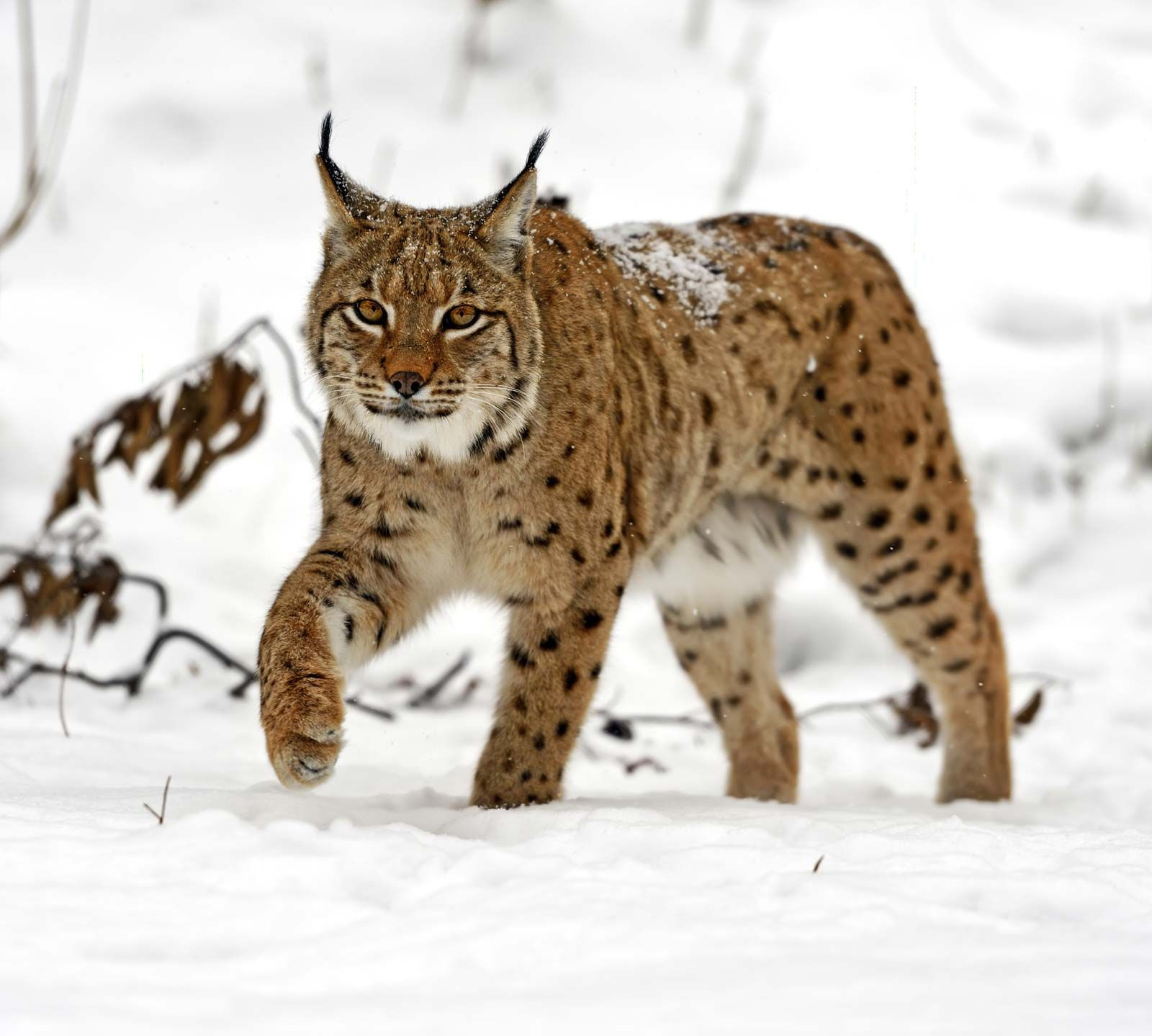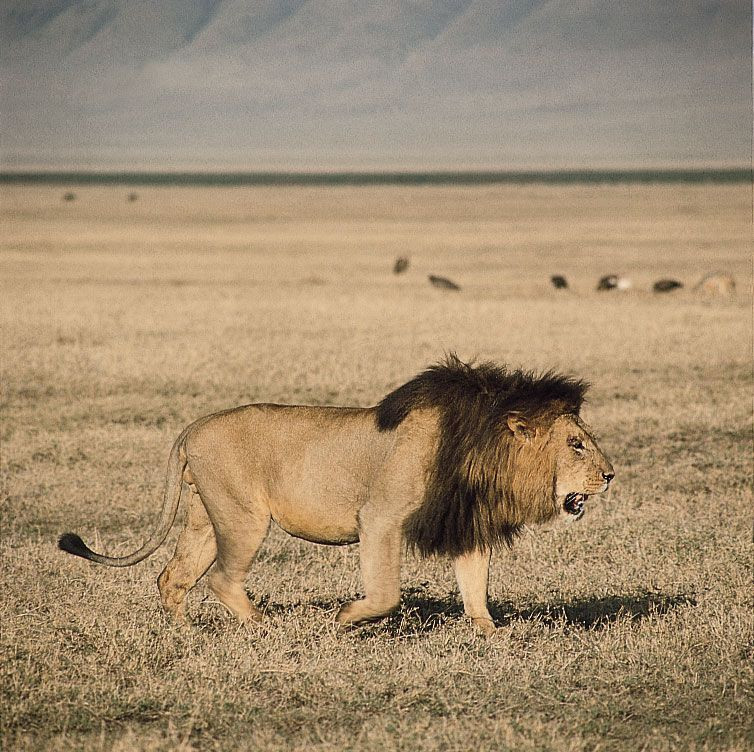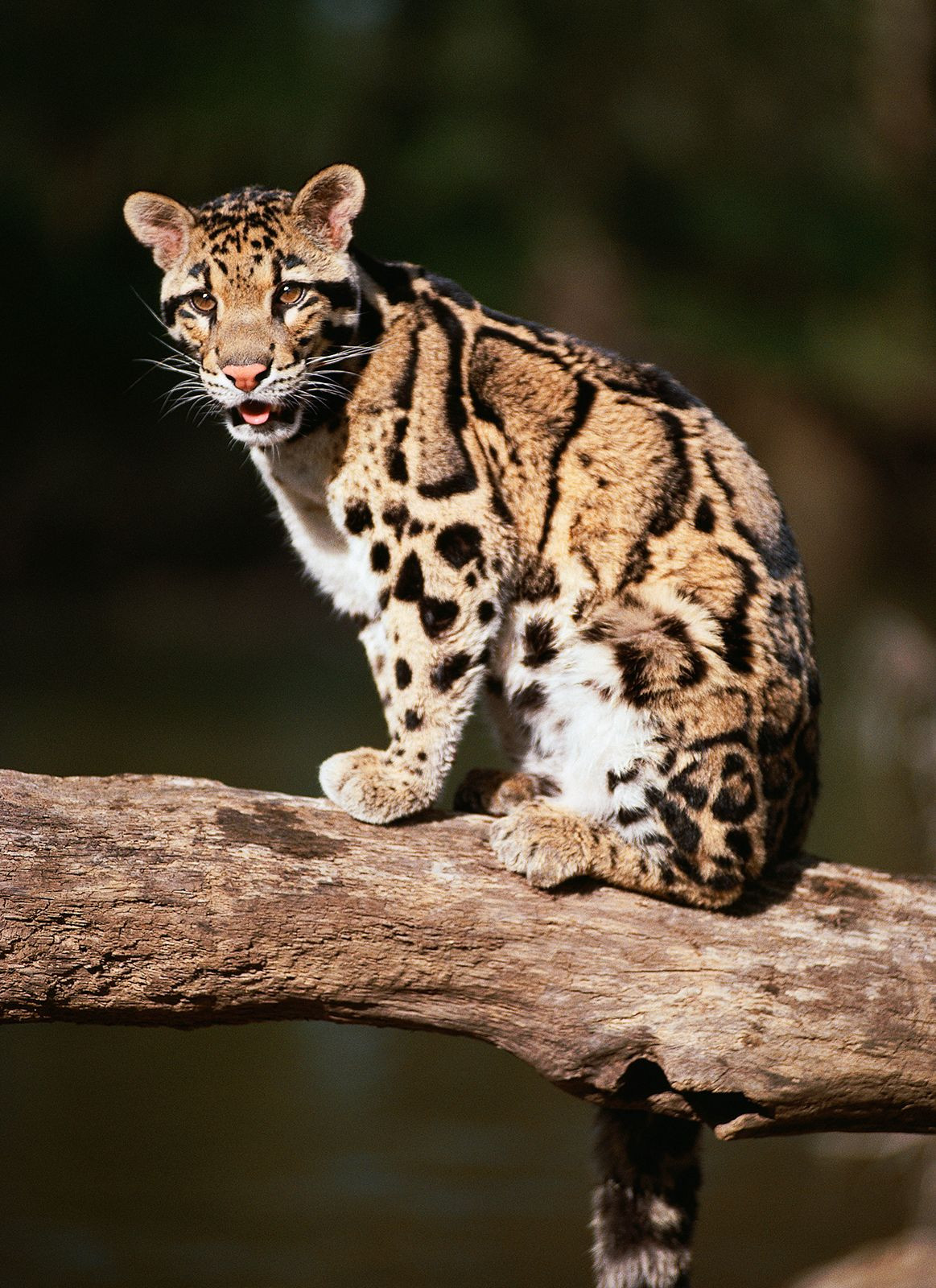The Cat Family Felidae is one of the most captivating and diverse groups within the animal kingdom. From the cuddly domestic cat purring on our laps to the powerful lions roaring across the African savanna, the Felidae family, commonly referred to as felines, encompasses an array of 37 recognized species. These carnivorous mammals have successfully colonized nearly every corner of the globe, absent only from Australia and Antarctica, showcasing their remarkable adaptability and evolutionary prowess. Whether they are gracefully navigating woodland terrains or patiently stalking prey in grasslands, members of the cat family Felidae hold a unique place in both our ecosystems and our imaginations.
Key Characteristics of Felidae (Cat Family)
Felines share a suite of distinctive physical traits that mark them as members of the cat family Felidae. While appearances can vary dramatically across species, certain features are consistently observed. Coat patterns are highly diverse; many cats are adorned with spots, stripes, or rosette patterns that provide excellent camouflage in their natural habitats. However, some species like the puma (Puma concolor), the slender jaguarundi (Herpailurus yaguarondi), and the majestic lion (Panthera leo) exhibit a uniform coat color, showcasing the range of adaptations within the cat family felidae. Melanism, resulting in black or near-black coats, also appears in individuals across several feline species, further highlighting their genetic diversity.
 Eurasian Lynx in Forest
Eurasian Lynx in Forest
While the lynx genus (Lynx) is characterized by a notably short, stubby tail, most members of the cat family felidae boast long tails, often accounting for about a third of their total body length, aiding in balance and agility. The feline head is typically defined by a short nose and a characteristically round face, complemented by usually short ears, contributing to their acute senses. An exception to typical feline features is the prominent mane seen in male African lions, a striking visual display. Cat feet are equipped with sharp claws that are retractile in most species, a crucial adaptation for hunting and climbing, with the cheetah being the notable exception where claws are semi-retractile, enhancing grip for high-speed chases. In terms of size, sexual dimorphism is common within the cat family Felidae, with males generally being larger than their female counterparts.
Diversity within Felidae: From Domestic Cats to Big Cats
The cat family Felidae exhibits a wide spectrum of sizes and behaviors, ranging from the familiar domestic cat to formidable predators. Domestic cats, while beloved household companions, are a part of this extensive family, sharing ancestry and fundamental characteristics with their wild relatives.
 Male Lion with Mane
Male Lion with Mane
The “big cats,” belonging to the genus Panthera, including lions, tigers (Panthera tigris), jaguars (Panthera onca), and leopards (Panthera pardus), are perhaps the most iconic members of the cat family felidae. These powerful felines are distinguished by their ability to roar, a trait linked to the unique structure of their hyoid bone. Their size, strength, and predatory prowess place them at the apex of their respective food chains. Beyond the big cats, the cat family Felidae includes a fascinating array of medium and smaller sized species. The lynx, puma, cheetah (Acinonyx jubatus), ocelot (Leopardus pardalis), serval (Leptailurus serval), fishing cat (Prionailurus viverrinus), and flat-headed cat (Prionailurus planiceps) represent just a fraction of this diversity. These cats occupy varied niches, displaying specialized adaptations in habitat preference, diet, and hunting techniques that allow them to thrive in diverse environments across the globe.
Natural History and Hunting Strategies of the Cat Family
Members of the cat family Felidae are found in a remarkable variety of habitats, from dense woodlands to open grasslands. While lions, tigers, and cheetahs primarily operate on land, showcasing terrestrial adaptations, they retain the agility to climb when necessary. Other felines, such as leopards, jaguars, and ocelots, are highly arboreal, demonstrating comfort and proficiency in tree-dwelling lifestyles. Social structures within the cat family Felidae also differ greatly. Most cats are solitary hunters, often roaming alone or in pairs. Lions stand out as the only truly gregarious felines, living in prides that can consist of up to 30 individuals, a social adaptation that aids in cooperative hunting and defense of territory.
Dietarily, the cat family Felidae is overwhelmingly carnivorous. The majority of species prey on small mammals and birds, while larger cats routinely hunt herbivores like deer and antelope. However, the diversity of the cat family felidae extends to dietary exceptions. The fishing cat, for example, has adapted to a semi-aquatic lifestyle and feeds predominantly on fish, shellfish, and crustaceans, occupying a distinct ecological niche. Uniquely, the flat-headed cat is known to supplement its carnivorous diet with vegetation, including fruits and sweet potatoes, displaying an unusual level of dietary flexibility within the cat family Felidae. Larger felines often exhibit food caching behavior, storing kills in trees or under bushes after an initial meal, allowing them to manage a feast-or-famine feeding pattern.
Hunting within the cat family Felidae relies heavily on exceptional vision and hearing. Typically employing a solitary hunting approach, cats utilize their padded paws to stalk prey silently. Sensitive whiskers, or vibrissae, on their faces play a crucial role in navigation during stalking, detecting subtle environmental changes and helping avoid unnecessary noise. Upon approaching striking distance, felines unleash a rapid burst of speed and agility, overwhelming prey with a quick rush or leap. While capable of impressive short bursts of speed, cats are not built for prolonged chases, with the notable exception of the cheetah, recognized as the fastest land mammal, capable of reaching speeds exceeding 100 km per hour (62 mph) in pursuit of prey during daylight hours. Felines leverage their speed and sharp reflexes to capture agile prey, often dispatching it with a precisely placed, lethal bite, typically to the neck.
Reproduction and Life Cycle in Felidae
Reproductive patterns within the cat family Felidae vary, but some general trends are observed. Gestation periods are relatively short, lasting approximately two months for smaller cat species and extending to around four months for larger species. Litter sizes typically range from one to six kittens. Female cats possess multiple nipples, usually between four and eight, to nourish their young. Breeding seasons are often concentrated in late winter or early spring for many species. However, some felines, including lions, tigers, and leopards, are capable of breeding year-round, demonstrating reproductive flexibility. Interestingly, many feline species are induced ovulators, meaning ovulation is triggered by hormones released during mating, an efficient reproductive strategy. Litter size, number of litters, and breeding season timing do not appear to be directly correlated to the size of the cat species. Larger cats tend to reach sexual maturity later, with females breeding around three to four years of age and males closer to five or six years, while smaller cats may breed before reaching one year old. Kittens are typically born in secluded, undisturbed locations such as rocky crevices, under fallen logs, or within dense thickets. The serval notably utilizes abandoned burrows of porcupines or aardvarks for den sites. In most species within the cat family Felidae, paternal care is minimal or non-existent, and in some cases, females must actively protect their kittens from potentially infanticidal males.
 Clouded Leopard in Tree
Clouded Leopard in Tree
In conclusion, the cat family Felidae presents an extraordinary example of evolutionary success and ecological diversity. From their specialized physical adaptations to their varied hunting strategies and social behaviors, felines have carved out niches across the globe, captivating our attention and respect. Understanding the intricacies of the cat family Felidae not only enriches our appreciation for the natural world but also highlights the importance of conservation efforts to protect these magnificent creatures and their habitats for future generations.
